13 Steps to Create an Effective SEO Strategy in 2025
By optimizing individual web pages, you can increase your chances of ranking higher in search engines and attracting more qualified leads. On-page SEO involves optimizing various elements such as title tags, meta descriptions, header tags, and content to improve search engine rankings. By doing so, you can improve your website’s credibility, increase user engagement, and ultimately drive more conversions. For optimal technical image optimization, ensure images have descriptive filenames and alt tags, include target keywords, and are compressed to maintain faster page loading times.
- Today, consumers can use smart speakers and reverse-image searches to discover and purchase new products.
- When ordering the optimized blog posts, we will ask you for your target keywords for the piece, which will guide the topic.
- Your web content should exist to answer searchers’ questions, to guide them through your site, and to help them understand your site’s purpose.
- The three primary components of on-page optimization include on-page SEO, off-page SEO, and technical SEO.
For more marketing tips
A fast-loading site improves user experience and search engine rankings. Several factors influence page speed, and optimizing them ensures your website performs at its best. Internal links also keep visitors engaged by offering them related content.
Use keyword research tools to identify relevant entities and related queries around your main topics. This is especially critical for YMYL (Your Money or Your Life) topics like health, finance, safety, etc. Beyond the content itself, on-page factors signal a page’s relevance and quality. The website architecture, including site speed, mobile-friendliness, and URL structures, impacts on-page SEO.
As you’ll see shortly, the plugin also handles code tasks behind the scenes. Before you start optimizing pages, there are 3 things to get in place. Not all web applications accurately interpret separators like underscores (_), plus signs (+), or spaces (%20). Search engines also do not understand how to separate words in URLs when they run together without a separator (example.com/optimizefeaturedsnippets/).
Ranking for your target keyword can also be extremely competitive in some industries, and a well-planned strategy is necessary to achieve those highly desirable rankings. In addition to improving existing pages, we offer fully optimized content creation using a similar process. Our team can create new pages highlighting new products or SEO Anomaly service locations, helping boost your search visibility.
Instead, you should create keyword-rich meta descriptions, but that read in a natural, non-spammy way. Remember, meta descriptions aren’t for the search engine crawlers, they are for the humans who will be reading your content. It’s important to include relevant keywords naturally without overstuffing, as excessive use can lead to penalties from search engines and diminish the readability of your content. The qualities that make an effective title tag also apply to effective meta descriptions. Although Google says that meta descriptions are not a ranking factor, like title tags, they are incredibly important for click-through rate.
How to optimize on-page SEO factors
For example, in Shopify, go to a product page and scroll to the “Search engine listing preview” and make changes as desired. Meta tags are snippets of text, formatted as HTML code, that describe the content of a webpage. Social media platforms also leverage this meta information when serving content to their users.
Search engines want to serve users the portion of your pages that are visible and important, so text in these areas deserves the most focus. Read the free resources we linked to above, take the free course, and use the free trial to implement what you’re learning on the go. Like every skill, you get better at SEO by practicing on live websites. Apply SEO best practices to make your site easier to find, navigate, and rank higher in search results.
Now it’s time to optimize your content using a handful of tested on-page SEO techniques. You can also use the Keyword Magic Tool from Semrush to find question keywords. Tracking your rankings in search results can help you understand if the rest of your SEO efforts are working.

 Casino Welcome Bonus
Casino Welcome Bonus